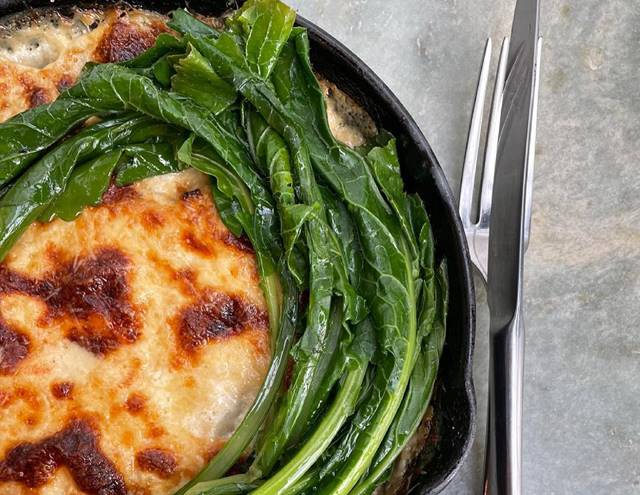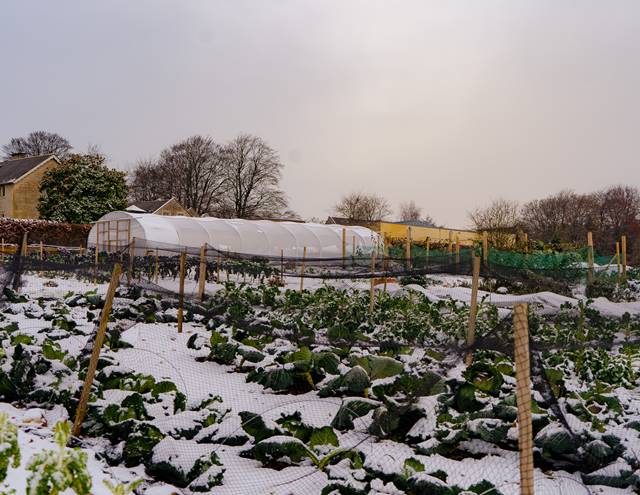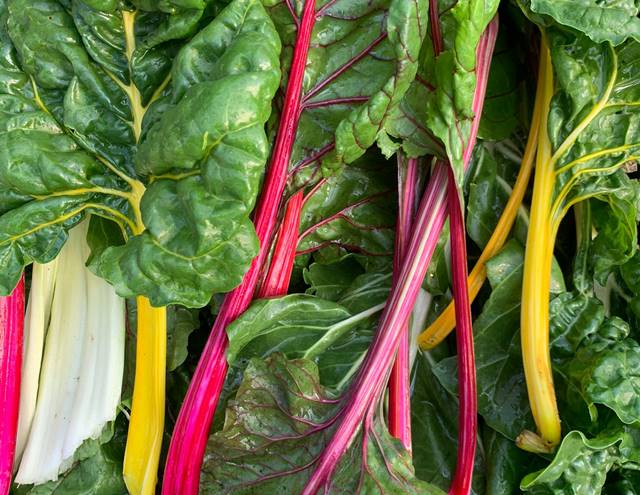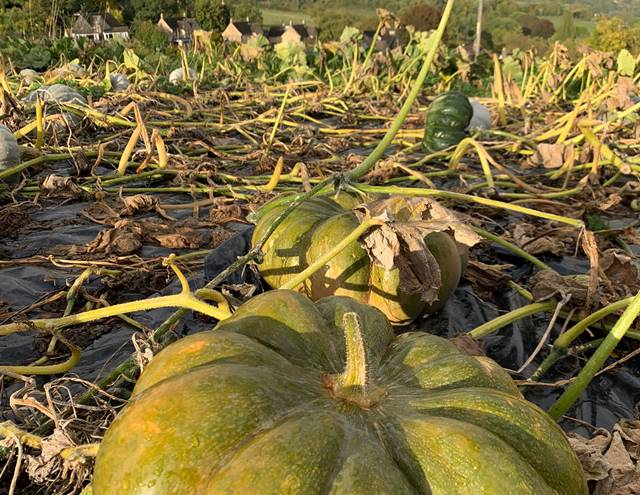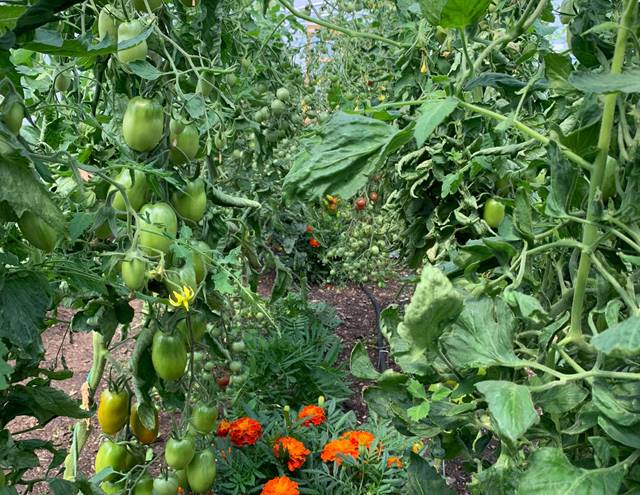It's been a minute since I sat down to compose a new blog. A cold February was very uninspiring and all I was focused on was my upcoming holiday. Now normally when one were to return to the UK from a two-week trip to Barbados in mid-March life would be pretty tough going, and it was for my new wife-to-be Lorraine. Strangely I didn’t quite share the same despair. The Caribbean is incredible, with such an infectious laid-back vibe which I soon settled into. Along with this relaxation came renewed freedom of thought. So by the time I was back, I was buzzing with ideas and motivation for the spring just upon us and couldn’t wait to get back at it.
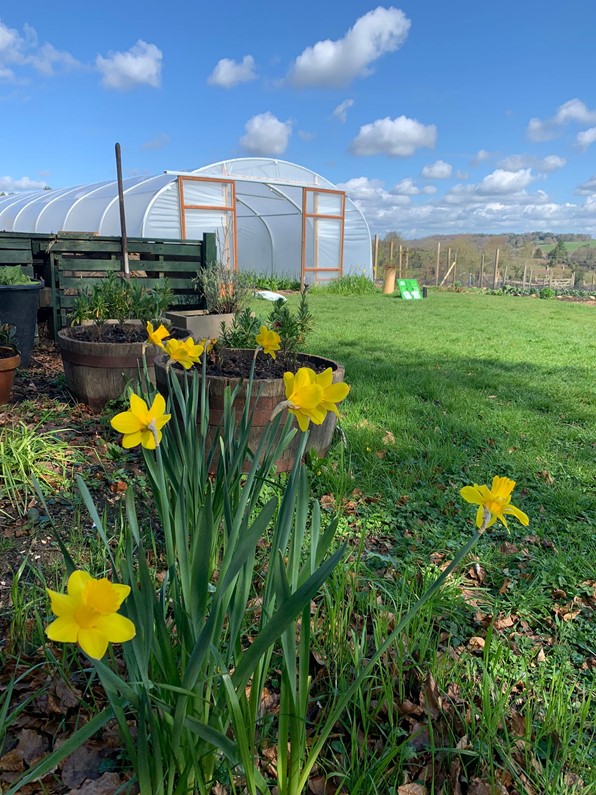
This is just as well since April is one of the busiest months of the year for gardeners. It will also be the first time many of us will spend a serious amount of time in our gardens. It has been cold, damp and unpleasant but we know what’s around the corner and it's gaining momentum fast.
From a growing point of view, I feel spring starts mid-March as sowing is back in full flow when there is just enough daylight for seedlings to survive on. I'm fortunate to have a heated conservatory at home so all seeds are germinated there and then taken to the polytunnels in modules or trays as seedlings to harden off before going into the ground. It's quite a bit of work moving them all around but it's essential to nurture them to get them all off to the best early start. Beetroot, spring cabbage, radish, kohlrabi, broccoli and onions have safely made it into beds.
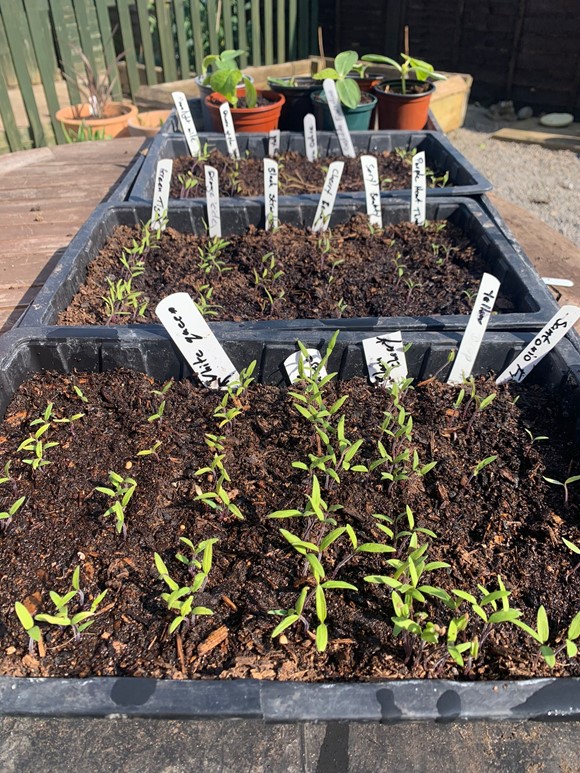
There will still be cold snaps until the end of April to be wary of. My favourite tool for this is a horticultural fleece. Its powers are almost magical over these months. I tuck up seedlings and young plants like they are under a duvet. By the next time I check on them, they have doubled in size. It's a fairly thin material but holds significant warmth underneath it. It works wonders over our watercress, I'll also use it over beds sown with carrot seed to help warm the soil faster. It also reduced the need to harden off young plants. It can be problematic when slugs start appearing as you can’t see underneath, nor will it protect from a hard frost. Studying the forecast is daily this time of year. Gardeners of old may have been more cautious with planting out but these days climate change has tended to make us a lot more confident in bringing jobs forward.
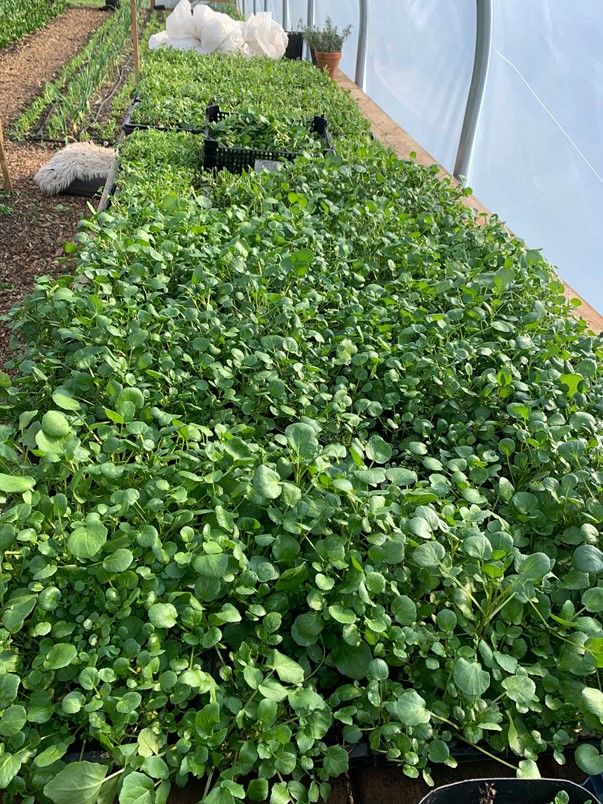
Our second kitchen garden at Bishopstrow Hotel is now in its second year and work clearing and restoring the area has been relentless. We are now at a point where we can look forward to a very productive growing year. The no-dig method and focus on soil health are the same as Homewood but the feel of the garden is completely different. Where Homewood is high up and exposed on a valley while Bishopstrow hotel is next to a river surrounded by a south-facing wall with listed structures and towering sequoias.
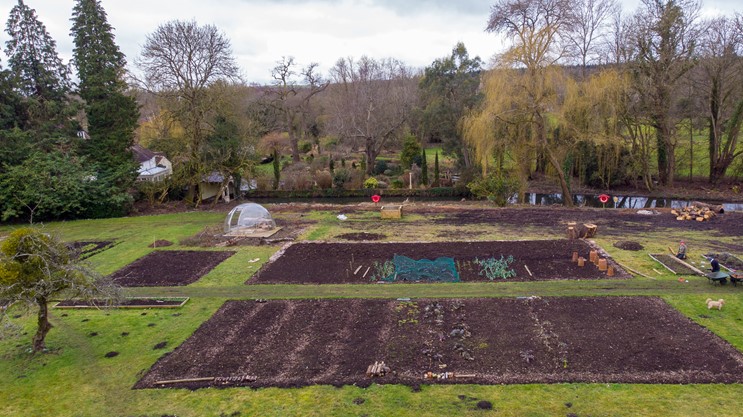
Having two sites will allow for an even larger variety of crops to be grown, each dictated by what the chefs want to cook within each kitchen. Playing a big part for the first half of the year at both sites is the humble new potato. Along with tomatoes, they are the crown jewels of flavour and sum up the kitchen garden in late spring. They are grown from a seed potato, which is simply a potato that has been grown to be replanted. They are certified virus-free, so should give healthy, vigorous plants. I opted for varieties ‘Saxon’ and ‘Peatland Javelin' this year. Over the last three weeks, they too have been left to sprout in my conservatory-turned-germination hub.
Last year I simply popped them into the ground and left them to it which worked well but I did suffer from quite a few of the second earliest turning green as they breached the surface and were exposed to the light. This time I’m utilising some black plastic sheeting I used as mulch over the winter. I secure it over the bed, then I make small cross cuts in the plastic and plant the seed potatoes shallowly through the cut. The plant should grow through the cut and the plastic will stop any light from getting to the new tubers. It should also prevent weed growth and help with water retention. If I can reuse the plastic next year it will be a win-win.
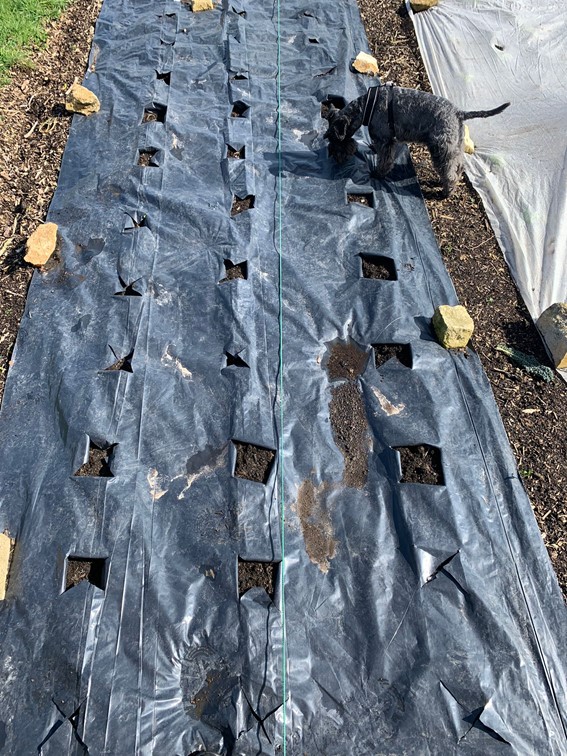
As important as maximum food production is, whatever you invest in a garden is also returned x10 in joy and a real connection with creation.
There's something about the outdoors that simply infuses a new type of energy in us. There's something about it that galvanises our spirits, invigorates us, and exhilarates us. The fresh air washes over us like a wave of revitalising power, sustaining our very souls.
Enjoy your garden this year!
My new recipe is up - WATERCRESS SOUP, RICOTTA AND SMOKED BACON CROUTONS
Until next time…
Darren Stephens
Chef-Gardener, Homewood





